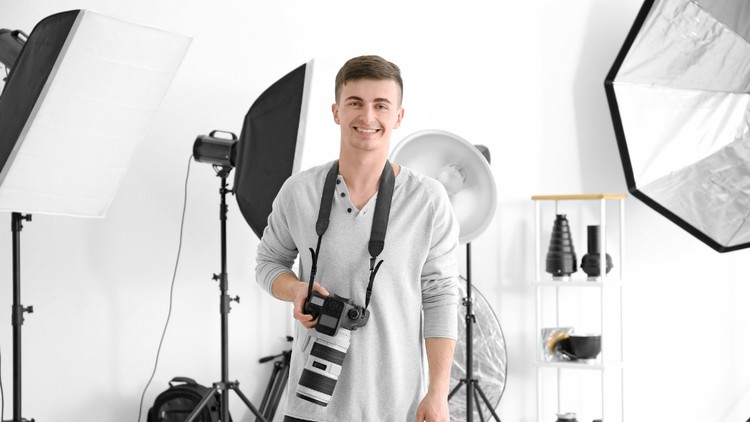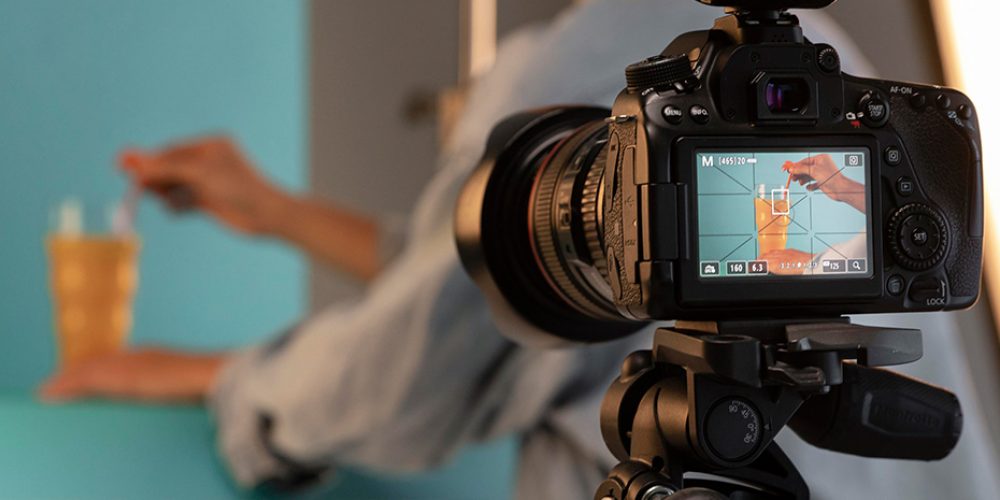I believe that photographs have become more important for us humans than ever before. Preserving our most precious memories or happiest moments and delivering them to our loved ones is easiest through photos. The key to obtaining great photos lies in knowing the right photography techniques. Light, camera, and composition are the main elements of photography. It is possible to engage in photography both as a hobby and professionally.
Whether for ourselves, our loved ones, or our social media accounts, we always want to capture the best photos. If you have just started taking new photos with professional cameras or your phone’s camera, it may seem a bit complex and challenging. However, there is no reason for photos taken with the right techniques not to come out as works of art. Once you learn the correct photography techniques, you will not be able to give up the passion for taking photos.
Exposure Settings and Use of Light
The cameras we almost all use are generally quite smart devices. High-tech sensors are used in cameras. The engineers of this field state that exposure works in a way similar to how the human eye perceives. Exposure is the correct use of light when taking a photograph. The amount of light falling on the camera’s sensor will determine the correct exposure. Exposure decides whether the photos will be darker or brighter. Whether the correct light is used in photos is related to exposure.
If you are interested in photography, you must know the correct exposure. To achieve the correct exposure, you need to know the basic elements of this subject. The settings you need to make for correct exposure are as follows:
- Aperture: I would like to inform you that you can use automatic mode for correct exposure. Aperture is crucial because it determines the amount of light that will fall on the sensor. When the aperture is open, more light will enter the camera, resulting in a higher exposure value. Thus, bright photos are obtained. If you reverse this process, the photos will be dark. The aperture value is referred to as “f.”
- Shutter Speed: It is used to make the process of light falling on the sensor for a specified period. If the shutter speed is set short during exposure, less light will touch the sensor. In this case, the photo will be dark. When shooting moving objects, shutter speed is shortened to stabilize their movements. In the opposite process, the duration is extended to make the movements of the objects more pronounced.
- ISO: It expresses the sensitivity of the sensor to light. It is used to achieve the correct exposure. As the ISO value increases, the exposure value of the photo will also increase. In this way, bright images are obtained. ISO values are shown as 100, 200, 400, 800, 1600, 3200, and 6400.
- Focus Techniques and Depth of Field
Obtaining sharp and clear frames when taking a photo is crucial. To take good photos, we need to know about focusing and depth of field. It is often necessary to take each photo with different focusing techniques.
Thus, you can demonstrate your difference in the photos you take. The focus techniques you need to know to take great photos are manual focus, AF-S single focus mode, AF-C continuous focus mode, AF-A automatic focus mode, manual AF point selection, face and eye detection AF, hybrid AF system, focusing and framing rearrangement technique.
Regarding the depth of field, it is the clear areas formed in front of and behind the object you want to photograph. Depth is crucial for photos. All areas you can see clearly in the photos mean depth. If there are few clear areas in the photo, it means that the depth is shallow. Depth is dependent on some factors, including aperture, focal length, and the distance of the object from the camera.
Shooting Angles and Frame Selection
The angle at which the camera is positioned toward the subject to be photographed is called the shooting angle. More explicitly, it is the angle at which someone else will evaluate the photo you have taken. If you think of cameras as the human eye, you can zoom in, zoom out, focus up and down, left and right.
Here, after focusing on the object you want to see, you turn it into a photo frame. There are some situations you need to know for shooting angles. I can list them for you as follows: zoom, low angle, 180-degree rule, perspective, amors, oblique angle, pan, and dolly zoom.
Frame selection is another important aspect to be aware of. You need to know frame selection for successful and popular frames. By eliminating problems that are overlooked during framing, you can remove them from the frame. The selected area is divided into three parts with two vertical and two horizontal lines.
Since the points where vertical and horizontal lines meet are important, they are called golden points. These points represent the center of focus points. The effect of the photo is enhanced with these points. By using these points, decisions are made about where the object will be.
White Balance and Color Management
White balance is one of the most important issues to pay attention to in photography. This setting prevents colors from being affected by the light source. Generally, this balance can be achieved with automatic adjustments. However, results cannot always be obtained with automatic settings. In such cases, manual adjustment becomes obligatory. It is called ‘White Balance.’
When you have set the white balance correctly, you have adjusted the colors correctly for the best photo. White balance can sometimes be left to the post-shooting editing stage. Photos are also composed of color combinations. Digital cameras can distinguish and record between 8 and 9 million colors. Color management refers to the work done to achieve consistent colors in studies. Although color management is vital for photographers, it is used by many professionals. Color management is crucial for professional groups such as designers and cameramen.
High-Speed Shooting and Long Exposure Photography
With high-speed shooting, it is possible to create wonderful photos. For this shooting, you need a camera and a tripod. Shutter speed is crucial in this shooting technique. By lowering the shutter speed to the lowest limits, you can capture the freezing moments of fast-moving objects. When the shutter speeds are designed, ISO and aperture values will also be affected automatically.
As the shutter speed increases, the aperture will gradually open, and then the need to increase the ISO value will arise. If we think that we are shooting Formula 1 racing cars, fast shooting is generally done using the burst shooting mode. In this way, you can capture moments that are difficult to catch in the way you want. To make high-speed shooting error-free, you need the burst shooting mode, and the shutter speed must be low. This way, you can capture the best frame.
Regarding long exposure, it means taking photos with shutter speeds ranging from a few hours to a few seconds. This technique is often used when photographing landscapes. Long exposure will add a sense of movement to photos in situations where light is insufficient. To be able to take long exposure, you need to know some settings.
What you need to do; the aperture should be low and the F value should be high, shooting in RAW format, the ISO value should be low, the bulb mode should be used, if there is less light than necessary, the ND filter should be used, the vibration prevention feature should be activated to avoid focusing problems, and you can set the shutter speed to 1/15 seconds as the starting value for long exposure.
See you in the next post,
Anil UZUN

